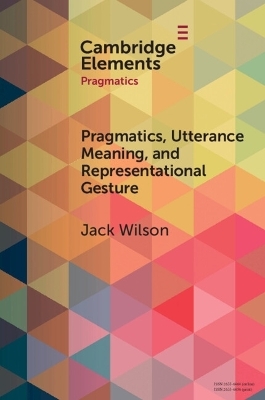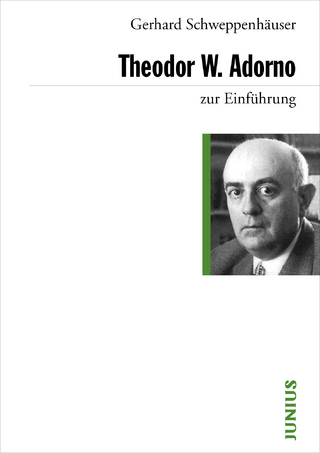
Pragmatics, Utterance Meaning, and Representational Gesture
Seiten
2024
Cambridge University Press (Verlag)
978-1-009-01379-6 (ISBN)
Cambridge University Press (Verlag)
978-1-009-01379-6 (ISBN)
This Element helps understand the role of gesture in communication by answer the following questions positively: Do gestures communicate? Do people produce gestures with an intention to communicate? It uses evidence from experimental and neuroscientific studies to argue that people produce gestures because doing so improves such predictions.
Humans produce utterances intentionally. Visible bodily action, or gesture, has long been acknowledged as part of the broader activity of speaking, but it is only recently that the role of gesture during utterance production and comprehension has been the focus of investigation. If we are to understand the role of gesture in communication, we must answer the following questions: Do gestures communicate? Do people produce gestures with an intention to communicate? This Element argues that the answer to both these questions is yes. Gestures are (or can be) communicative in all the ways language is. This Element arrives at this conclusion on the basis that communication involves prediction. Communicators predict the behaviours of themselves and others, and such predictions guide the production and comprehension of utterance. This Element uses evidence from experimental and neuroscientific studies to argue that people produce gestures because doing so improves such predictions.
Humans produce utterances intentionally. Visible bodily action, or gesture, has long been acknowledged as part of the broader activity of speaking, but it is only recently that the role of gesture during utterance production and comprehension has been the focus of investigation. If we are to understand the role of gesture in communication, we must answer the following questions: Do gestures communicate? Do people produce gestures with an intention to communicate? This Element argues that the answer to both these questions is yes. Gestures are (or can be) communicative in all the ways language is. This Element arrives at this conclusion on the basis that communication involves prediction. Communicators predict the behaviours of themselves and others, and such predictions guide the production and comprehension of utterance. This Element uses evidence from experimental and neuroscientific studies to argue that people produce gestures because doing so improves such predictions.
1. Communication, pragmatics and prediction; 2. Incorporating gesture into pragmatic theories of communication; 3. Experimental studies on gesture comprehension and production; 4. Prediction, communication and gesture; 5. Conclusions; References.
| Erscheinungsdatum | 17.02.2024 |
|---|---|
| Reihe/Serie | Elements in Pragmatics |
| Zusatzinfo | Worked examples or Exercises |
| Verlagsort | Cambridge |
| Sprache | englisch |
| Themenwelt | Geisteswissenschaften ► Philosophie ► Philosophie der Neuzeit |
| Geisteswissenschaften ► Sprach- / Literaturwissenschaft ► Sprachwissenschaft | |
| ISBN-10 | 1-009-01379-3 / 1009013793 |
| ISBN-13 | 978-1-009-01379-6 / 9781009013796 |
| Zustand | Neuware |
| Haben Sie eine Frage zum Produkt? |
Mehr entdecken
aus dem Bereich
aus dem Bereich


